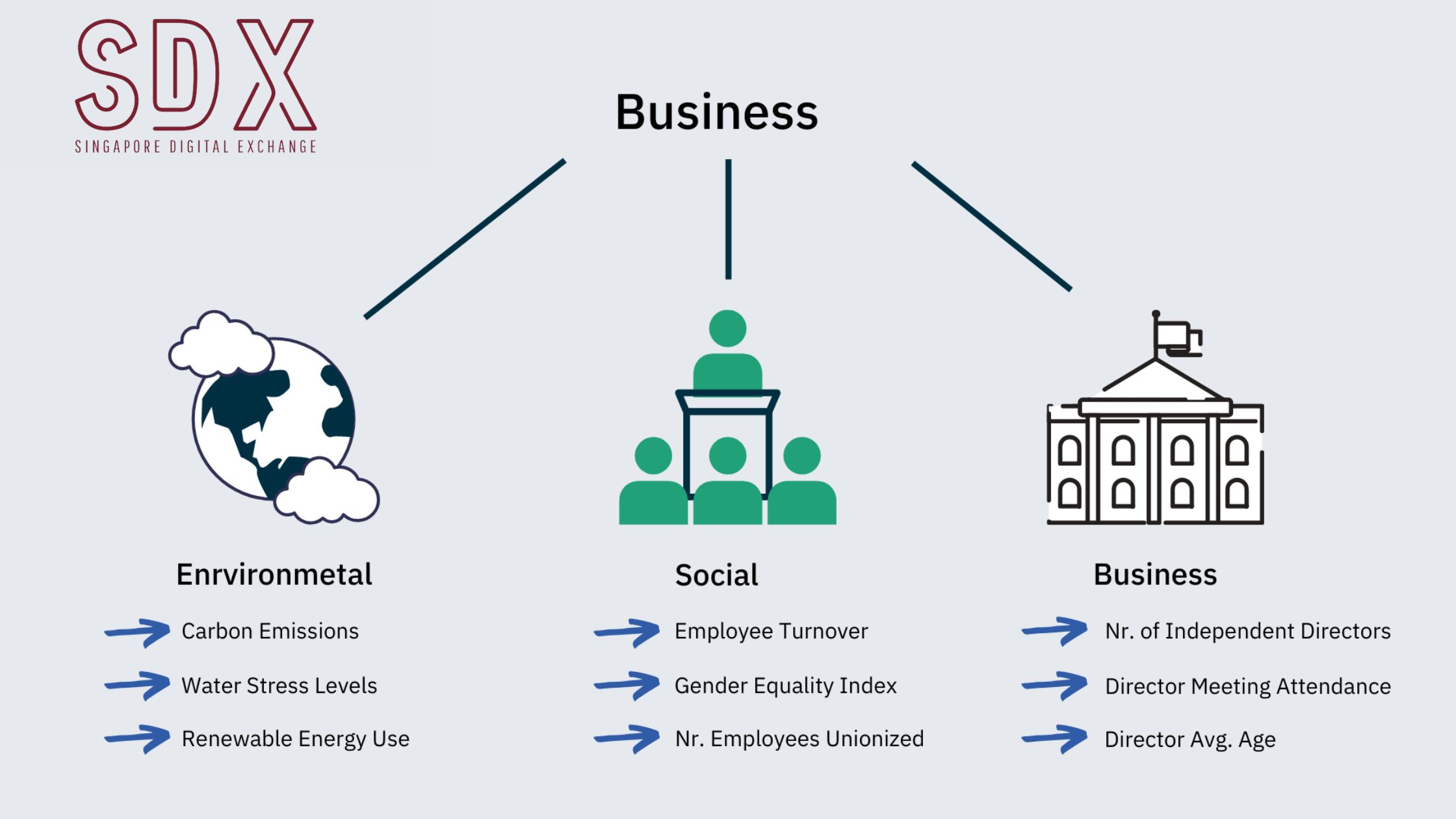Environmental regulations are increasingly stringent, and today’s stakeholders – investors, customers, and employees – have high standards for transparency. Now more than ever, it’s crucial to fully integrate ESG criteria into your corporate policy. Here, Deep shares some tips on ESG data collection and how it can simplify your CSR strategy.
Questions to ask yourself before collecting ESG data
- Once you’ve clearly defined your objectives, figure out what information you need to achieve them. For example, if your goal is compliance with the tertiary decree, you’ll need to collect consumption and asset data first. For responding to the GRESB, it’s environmental data you’ll be after.
- Once you’ve established what data to collect, knowing where to get it is crucial. For energy data, there are several possible sources: distributors, suppliers, your internally stored data, etc.
- Some information, like your tenants’ consumption data, is personal and confidential – meaning you can’t collect it without their prior consent. The easiest way to determine data ownership is to find out who pays the bill.
- Data can be collected automatically or manually. Automated collection may be more advantageous for some types of data, but it requires time (and often a significant investment) to develop. In other cases, manual collection may be best – for example, gathering environmental certifications for your buildings.
- Incomplete data impairs your analysis capabilities, impeding a sound decision-making process. In the case of missing information, data repopulation can be used to fill in the gaps.
- You’ll also need to regularly check the quality of your data, in order to avoid flawed analyses. Is the data consistent? Are there discrepancies or entry errors?
When automatic data collection is prohibitively expensive or demanding, the manual collection is the best option. This method is adapted to all types of data, both qualitative and quantitative. But because the manual collection is subject to human error, it’s vital to check your data for anomalies. Make sure that information is entered in the proper format, for example, numbers for consumption data, letters for addresses, and correct orders of magnitude. If a stakeholder reports quarterly waste of 1.5-2 tons but then indicates 17 tons for one quarter, you can assume there’s a missing decimal point and request confirmation. Some data is confidential, meaning access requires permission from the person who owns it. Ex: in the case of consumption data for private areas, you’ll need a signed letter of authorization from each tenant authorizing you to collect the data.


